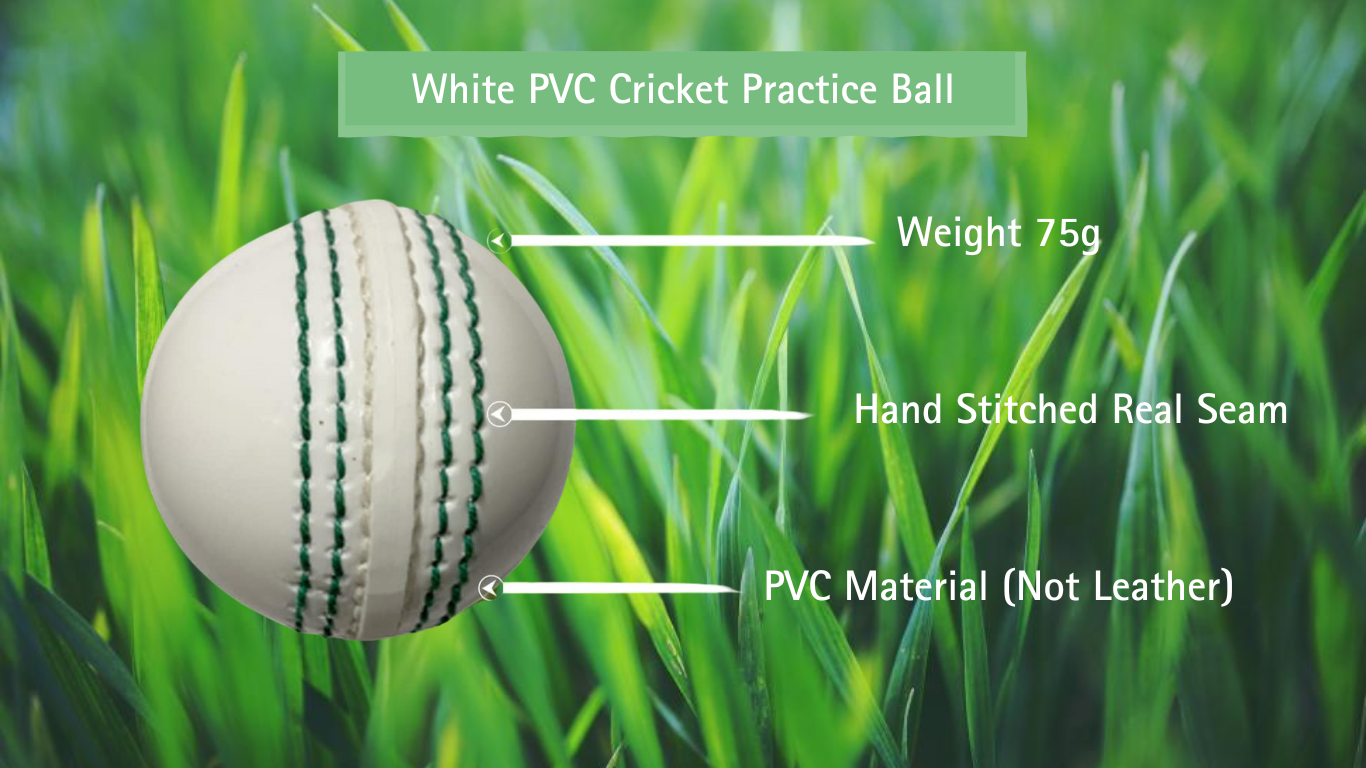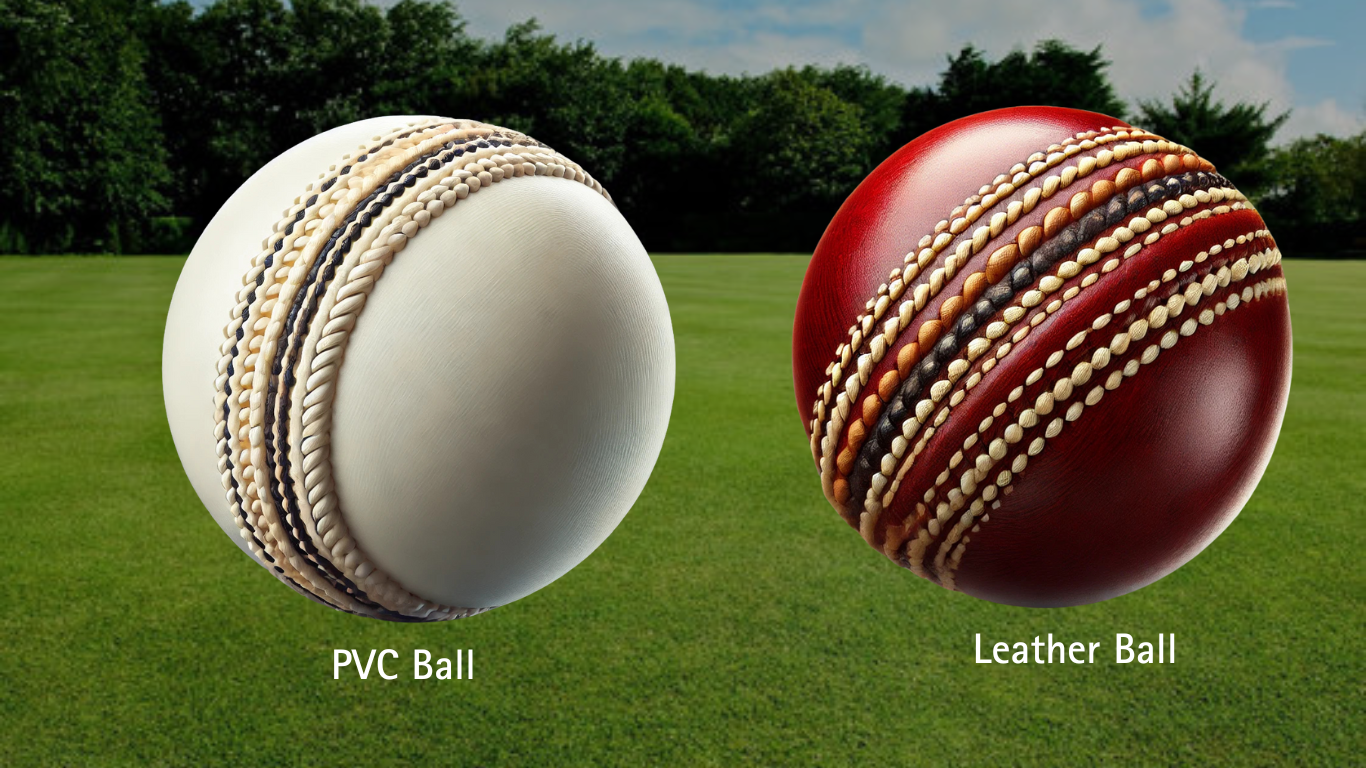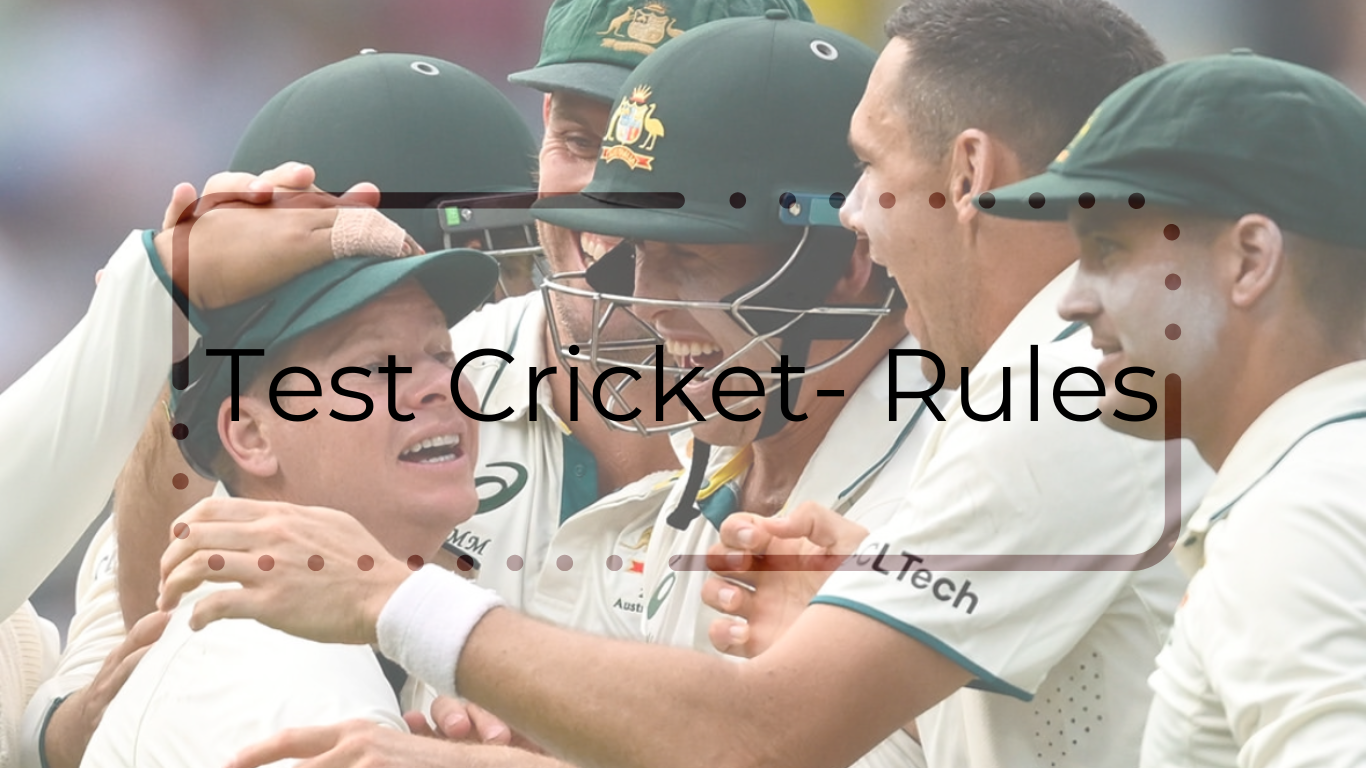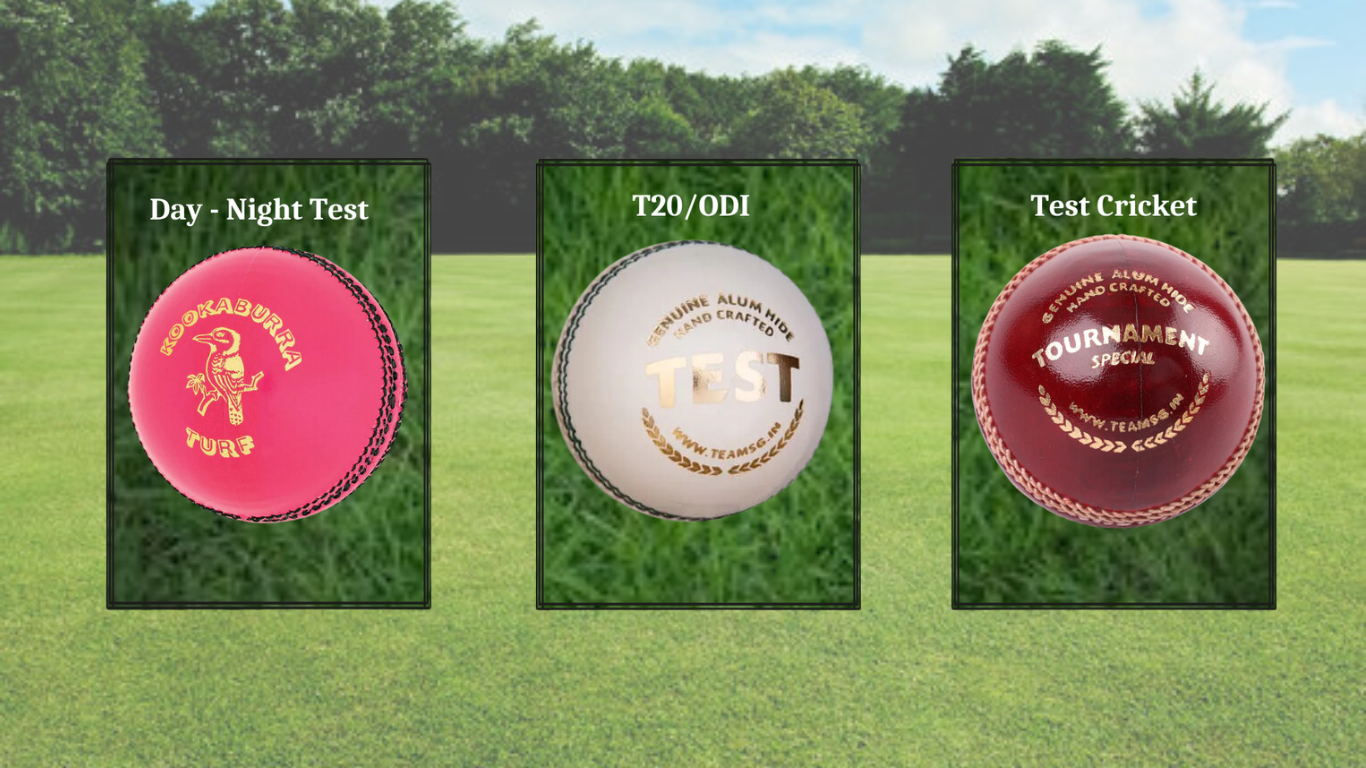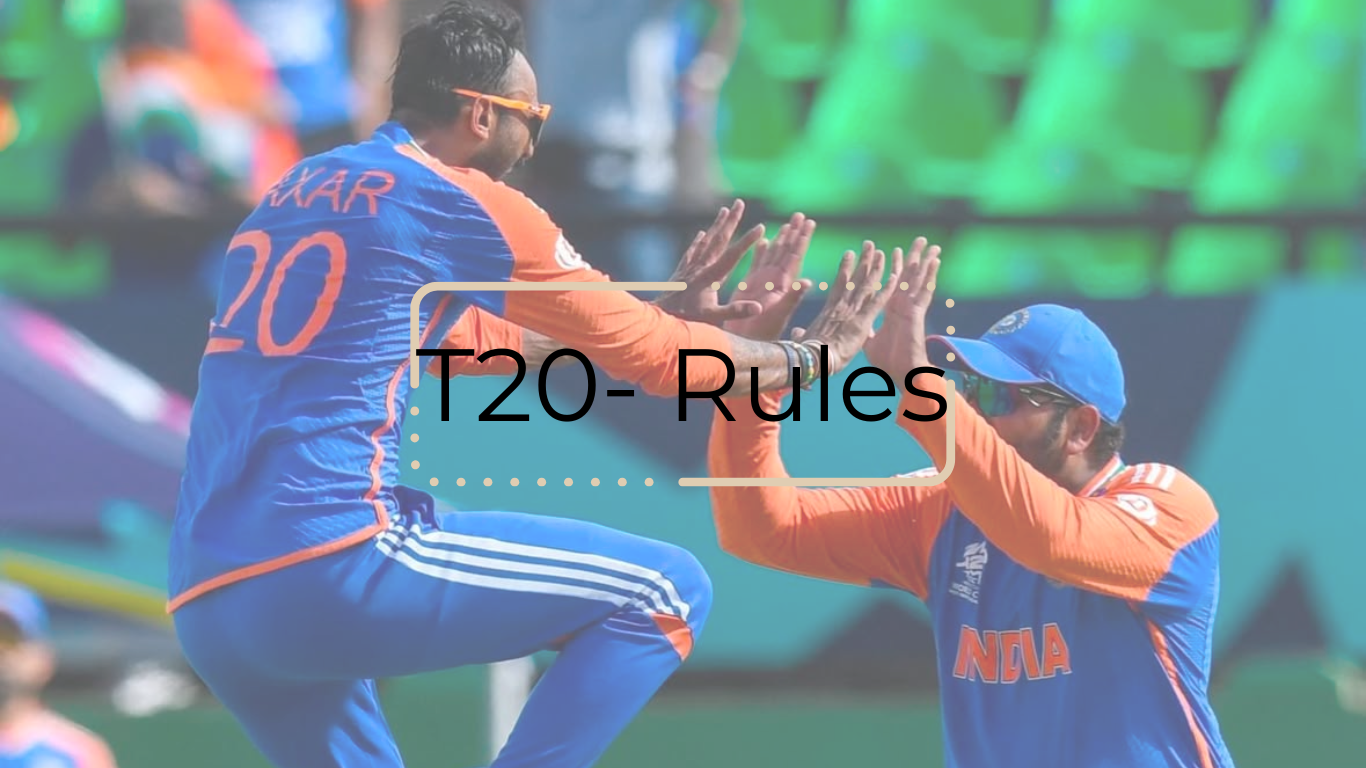When you think of a cricket ball, the first thing that likely comes to mind is the classic leather ball. But have you ever wondered about Cricket PVC synthetic balls? These affordable, durable alternatives are gaining popularity, especially for training, practice sessions, and casual matches.
What Are Cricket PVC Synthetic Balls?
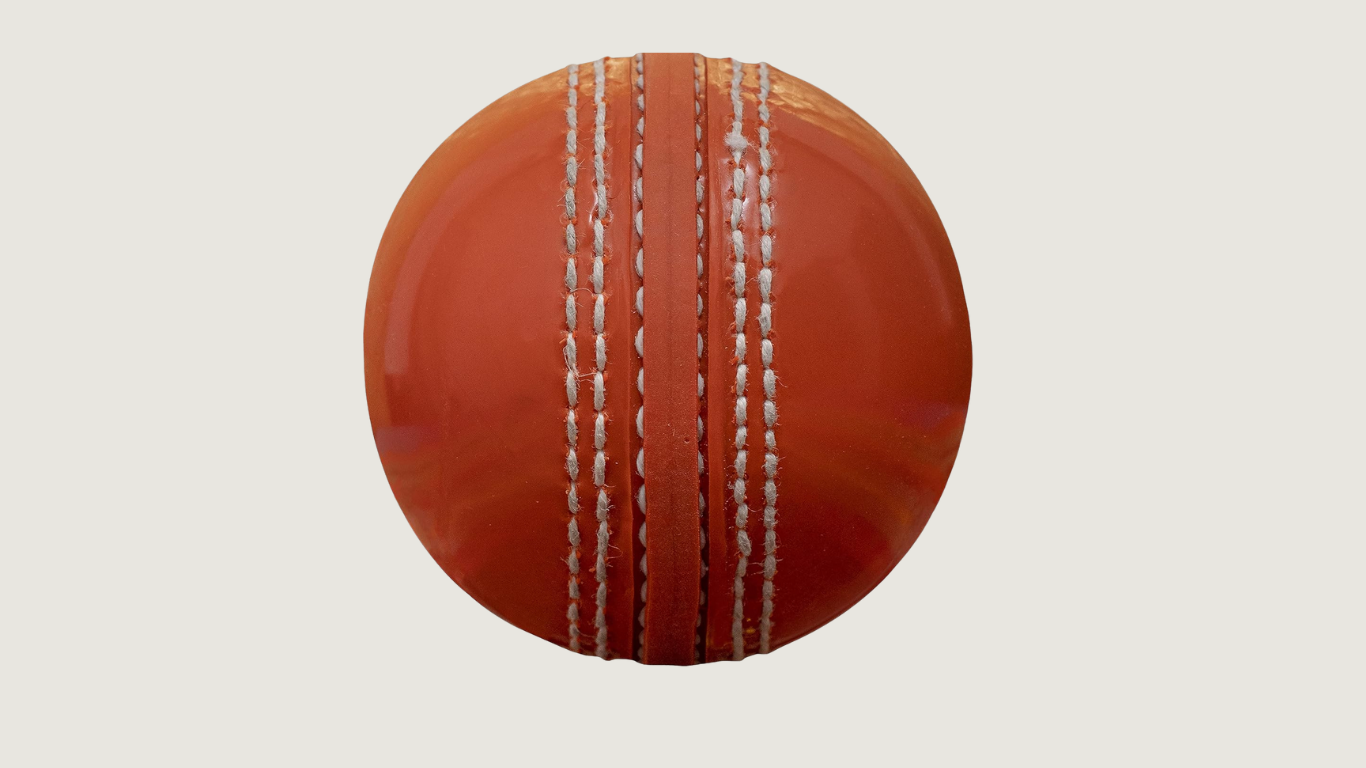
Cricket PVC Synthetic BallsCricket PVC synthetic balls are made from polyvinyl chloride (PVC), a type of plastic. Unlike the leather balls used in official cricket matches, cricket balls PVC are designed for practice and casual cricket. They are lightweight, durable, and more affordable than traditional leather balls, making them a popular choice for schools, clubs, and local teams.
These balls are often used in training sessions where the focus is on improving skills without worrying about damaging an expensive leather ball. Cricket PVC synthetic balls are perfect for beginners, young players, or even casual games where performance isn’t the top priority.
Why Are Cricket PVC Synthetic Balls Not Used in Official Matches?
Cricket balls PVC are not used in official matches like Test cricket, ODIs, or T20s. The reason is simple: they don’t offer the same level of performance as leather balls. Leather balls are known for their ability to swing, seam, and provide varying bounce, which is essential for high-level competitive cricket.
On the other hand, cricket PVC synthetic balls are more consistent in bounce and don’t offer the same movement. This makes them ideal for training, practice, and casual games, but not for official matches where precision and high performance are required.
The Major Difference Between a Leather Ball and a PVC Ball
The touch, feel, build, and weight of a PVC cricket ball are quite different from a leather cricket ball.
- Touch and Feel: A leather ball feels smooth and firm with a natural grip, while a PVC synthetic ball has a harder, plasticky feel that’s less natural to hold. The leather ball’s stitched seam is more pronounced, giving better grip for bowlers.
- Build: A leather ball is made of high-quality leather, stitched around a cork core, giving it a solid and balanced structure. In contrast, a PVC cricket ball is made from plastic material, making it hollow and lightweight compared to the dense leather ball.
- Weight: Leather balls are heavier weighing around 155.9 -163g for men’s cricket and Between 140 grams and 151 grams for women’s cricket, meets professional standards. PVC balls are lighter, some PVC practice balls weigh around 90 grams and designed for casual games or practice, making them easier for beginners or younger players to handle.
In simple terms, a leather cricket ball feels professional and is built for competitive matches, while a PVC ball is lighter, simpler, and great for fun or training sessions.
When and Where Are Cricket PVC Synthetic Balls Used?
-
Training and Practice:
Cricket balls PVC are commonly used in cricket academies and training centers. They’re perfect for refining batting, bowling, and fielding skills without the fear of damaging an expensive leather ball. Players can focus on improving their techniques without worrying about wear and tear.
-
Casual Matches:
Whether it’s a friendly game in the park, street cricket, or backyard cricket, cricket PVC synthetic balls are the go-to choice for informal matches. They’re more affordable, easy to find, and can handle rough surfaces without losing their shape or performance.
-
Warm-Up Sessions:
Before a match, players sometimes use cricket PVC synthetic balls for warm-ups. This helps them get into the rhythm of the game without using up leather balls for low-pressure situations. It’s a cost-effective way to practice before a big game.
The Benefits of Using Cricket PVC Synthetic Balls
1. Affordable and Cost-Effective: One of the main reasons players, coaches, and teams choose Cricket balls PVC is the cost. Leather balls can be expensive, especially when you need multiple balls for practice. Cricket PVC synthetic balls provide a more budget-friendly alternative.
2. Durability and Longevity: Cricket PVC synthetic balls are built to last longer than leather balls when used for practice only. They’re resistant to wear and tear, making them perfect for regular use without needing frequent replacements.
3. Safe for Beginners and Children: Cricket balls PVC are safer for younger players or beginners, as they’re softer and less likely to cause injuries compared to the harder leather balls. This makes them an ideal option for training at the grassroots level.
Can Overusing Cricket PVC Synthetic Balls Affect a Player’s Game?
Cricket PVC synthetic balls are great for casual games and basic practice, but using them too much can impact a player’s performance in competitive matches.
1. Not Like Real Match Balls
PVC balls don’t swing or seam like leather balls. Their bounce is also more predictable, which doesn’t prepare players for the challenges of real matches. Bowlers can’t practice movement, and batsmen may struggle with timing when they switch to leather balls.
2. Technique Problems
The smooth surface of PVC balls makes it harder for bowlers to practice swing or spin. Batsmen, on the other hand, might develop bad habits like misjudging the bounce or weight of a real cricket ball.
3. Weak Conditioning
Leather balls are heavier, so practicing with them builds strength in the wrists and arms. PVC balls are lighter and don’t help players build the stamina needed for long matches.
4. Tough to Adapt in Matches
Players used to PVC balls might find it hard to adjust to the heavier leather balls in real matches. This can lead to inconsistent performance and lower confidence.
Solution: Practice with Both Balls
To avoid these issues, players should balance their practice. Use cricket PVC synthetic balls for casual practice and leather balls to improve skills for competitive games. This way, you get the best of both worlds!
Conclusion: Are Cricket PVC Synthetic Balls Right for You?
If you’re a beginner, a coach, or someone who enjoys casual cricket, cricket PVC synthetic balls are a great investment. They’re affordable, durable, and perfect for training or informal games. While they won’t replace leather balls in professional matches, they are a fantastic option for developing skills, enjoying a casual game, and saving money.
Whether you’re practicing your batting, improving your bowling, or just having fun in the park, cricket balls PVC offer a reliable and cost-effective solution. So, next time you head out for a practice session or casual match, consider using a cricket PVC synthetic ball, it’s the smart choice for players at all levels!
FAQs
Are PVC balls good?
PVC balls are good for practice and casual play due to their affordability and durability. However, they don’t offer the same bounce, swing, or seam movement as leather balls, making them less suitable for competitive matches.
Which ball is best for cricket?
The best cricket ball depends on the format and conditions. Kookaburra is preferred for limited-overs formats due to its consistent bounce, Dukes is favored for Test matches because of its swing, and SG is commonly used in India, offering a balance between swing and spin.
How can you tell the quality of a cricket ball?
To tell the quality of a cricket ball, check for tight and raised stitching, smooth and defect-free leather, a perfectly round shape, and a well-constructed core. Choosing balls from reputable brands like Kookaburra, Dukes, or SG also ensures good quality.
Which plastic ball is used in cricket?
Plastic cricket balls, such as Windball, Synthetic PVC practice balls, and Vixen plastic balls, are commonly used for practice and casual games. They are durable, lightweight, and offer consistent performance on various surfaces. However, they are not used in official matches.
Are PVC balls safe?
PVC cricket balls are generally safe for practice and casual play, but safety concerns have arisen with certain balls containing harmful chemicals like phthalates. It’s important to use PVC balls from reputable brands that meet safety standards.
Which is better PVC or rubber?
PVC balls are cost-effective and provide consistent bounce for casual play or practice. Rubber balls are more durable, making them suitable for regular use. For casual play, PVC is a good choice, while rubber is better for frequent use.
Which ball is used in IPL?
The White Kookaburra Turf ball is used in the IPL. It is designed for limited-overs formats like T20, offering consistent bounce and swing, which are ideal for fast-paced IPL matches.
What is the toughest ball to play in cricket?
The fast yorker is considered one of the toughest balls to play in cricket due to its deceptive length and speed. Other challenging deliveries include the slow bouncer, which can confuse batsmen with its lack of pace.
Which cricket ball is better, 2 piece or 4 piece?
A 4-piece cricket ball is usually considered better for Cricket Matches.
A 2-piece cricket ball is made from two pieces of leather stitched together. It offers more swing and seam movement, making it ideal for shorter formats like T20 matches. However, it is less durable and is often used for practice or casual games.
A 4-piece cricket ball is constructed from four pieces of leather, making it stronger and more durable. It is less prone to wear and tear, making it suitable for longer formats like Test matches and 50-over games. However, it offers less swing compared to the 2-piece ball.
Read More: 7 Crucial Facts About Cricket Balls that Every Fan Must Know!
